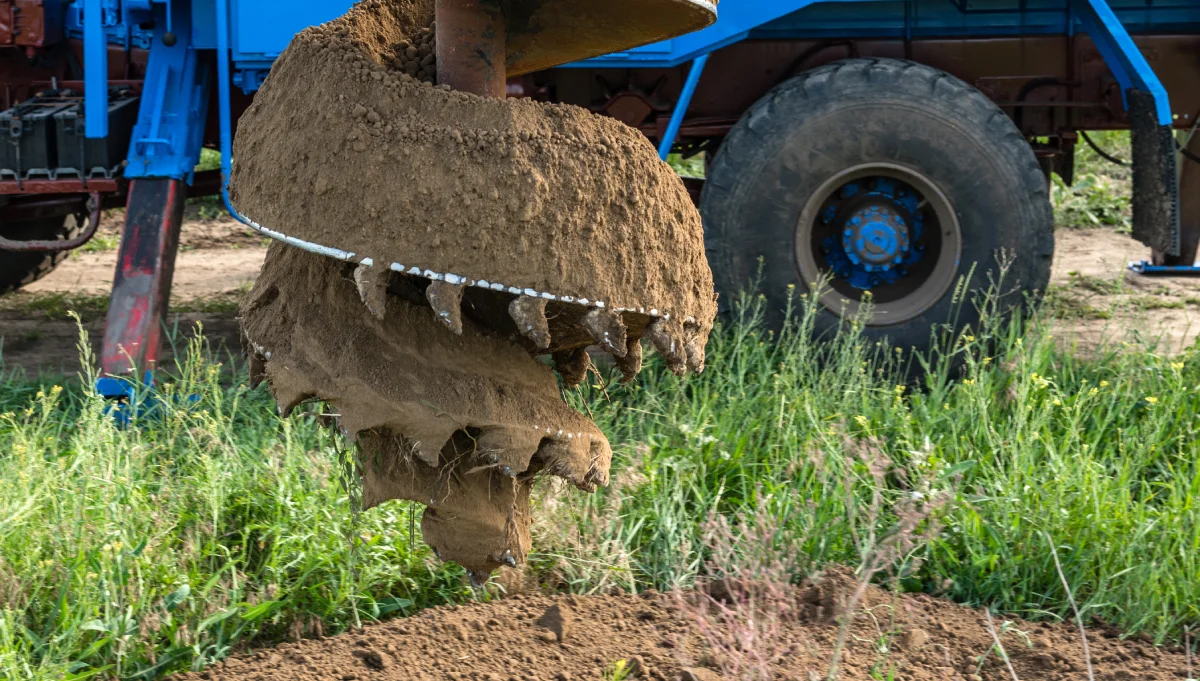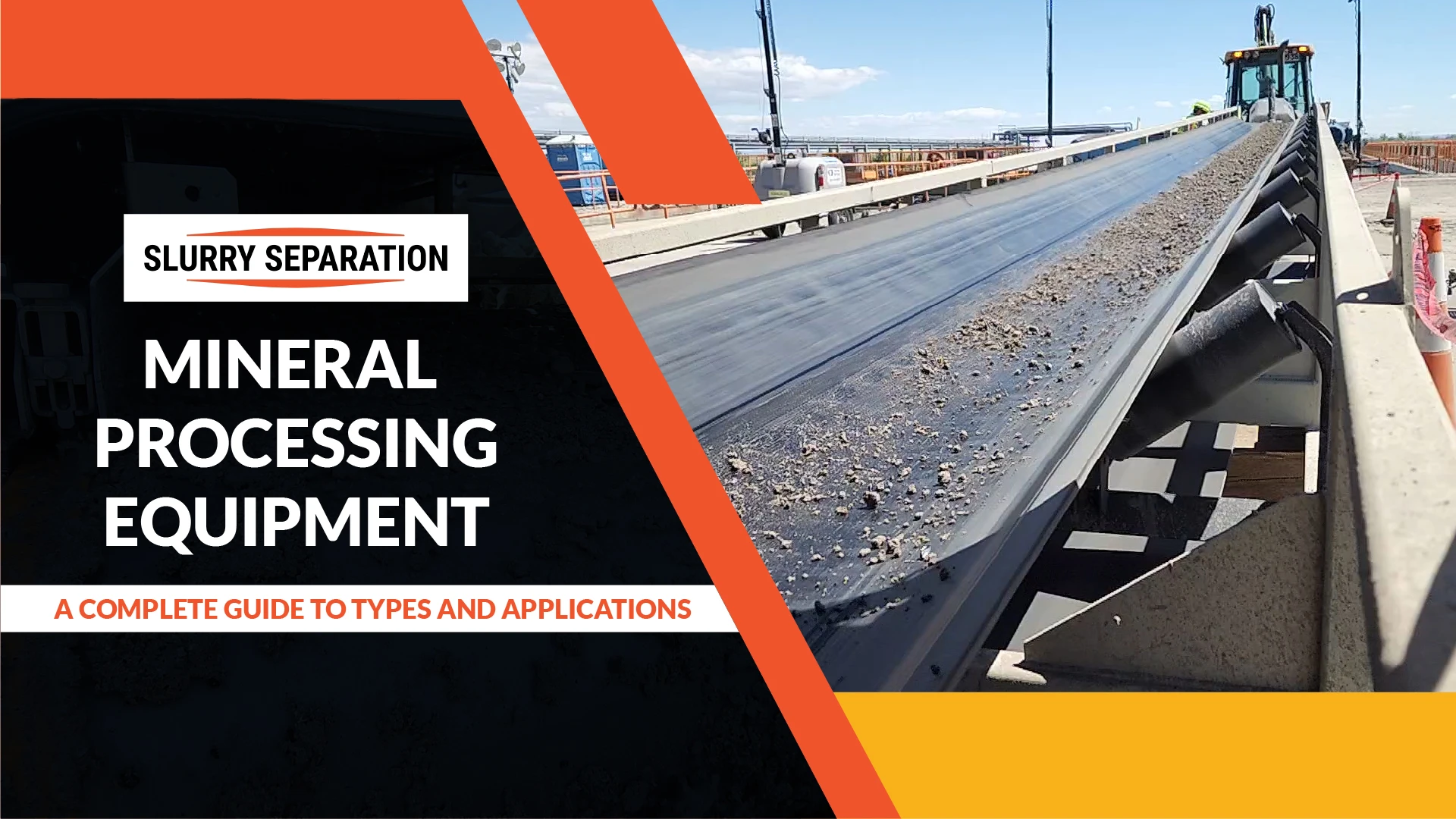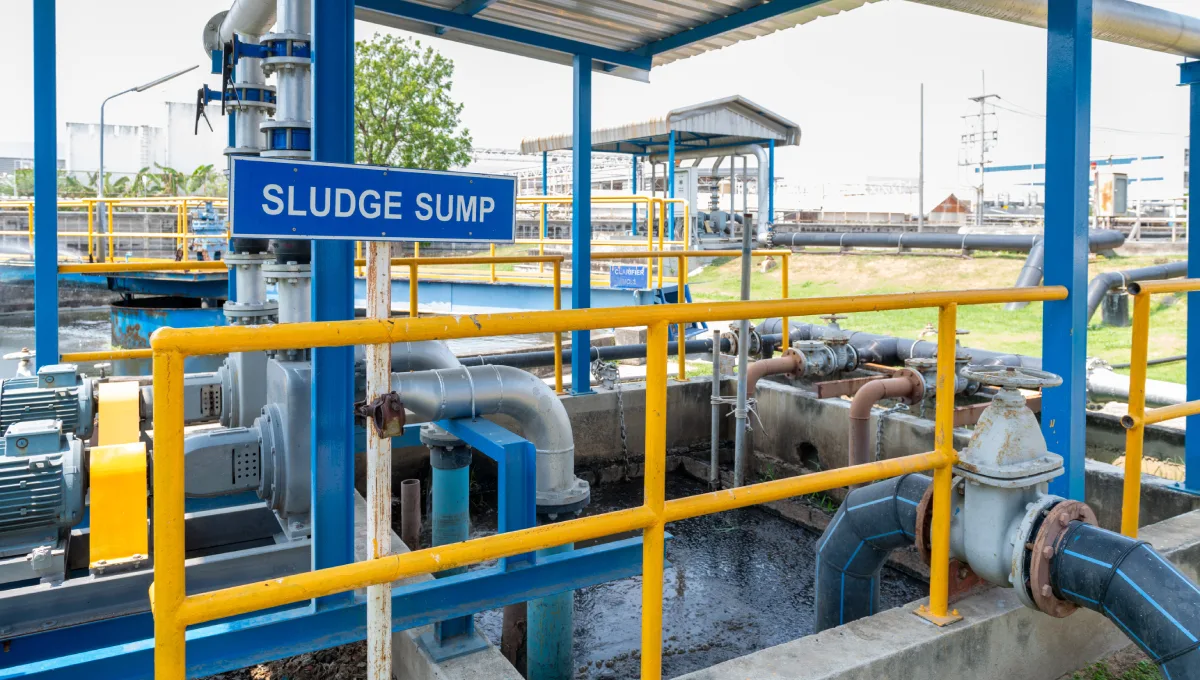Hydrocyclones are pivotal in various industries, offering efficient solutions for separating solid particles from liquids. Their versatility and effectiveness have transformed separation processes, enhancing productivity and cost savings.
Understanding Hydrocyclones
The Working Principle
Hydrocyclones operate on the principle of centrifugal force. Slurry is fed tangentially into the cyclone, creating a vortex that separates solids from liquids based on their densities.
Here’s how it operates:
- Inlet Section: The slurry enters the hydrocyclone through the inlet section tangentially, creating a swirling motion within the cylindrical chamber.
- Centrifugal Forces: As the slurry swirls around the inside of the hydrocyclone, centrifugal forces push the denser solid particles towards the outer wall of the chamber.
- Separation: Due to the centrifugal forces, the solid particles are forced downwards towards the apex of the hydrocyclone, forming a dense underflow stream.
- Overflow: Meanwhile, the lighter liquid phase and finer particles move towards the center of the hydrocyclone, forming an overflow stream at the top.
- Separation Efficiency: The efficiency of the separation process depends on various factors, including the size and density of the particles, the flow rate of the slurry, and the design parameters of the hydrocyclone.
- Underflow Discharge: The separated solid particles are discharged through the underflow outlet at the bottom of the hydrocyclone, while the clarified liquid phase exits through the overflow outlet.
- Adjustability: Hydrocyclones can be adjusted to control the size of the underflow and overflow streams, allowing for precise separation of particles based on their size and density.
- Applications: Hydrocyclones are commonly used in various industries, including mining, mineral processing, wastewater treatment, and oil and gas, for efficient solid-liquid separation.
Components and Design
These devices consist of a cylindrical upper section, a conical bottom section, and an outlet for separated particles and fluids. The design and size of hydrocyclones vary depending on the application and desired separation efficiency.
Applications of Hydrocyclones
Mining and Mineral Processing
Hydrocyclones are extensively used in mining operations for ore beneficiation, dewatering, and tailings management. They effectively separate valuable minerals from gangue materials, improving overall process efficiency.
Oil and Gas Industry
In the oil and gas sector, hydrocyclones play a crucial role in separating oil, water, and solids from produced fluids. They are integral components of drilling mud systems, facilitating solids control and wellbore stability.
Environmental Remediation
Hydrocyclones are employed in environmental remediation projects for treating contaminated water and soil. They efficiently remove suspended solids and pollutants, contributing to the restoration of ecosystems.
Advantages of Hydrocyclones
High Separation Efficiency
Hydrocyclones offer superior separation efficiency compared to conventional methods, leading to cleaner liquids and reduced waste generation.
Compact Design
Their compact size and simple operation make these devices ideal for installation in space-constrained environments, maximizing operational flexibility.
Cost-Effectiveness
Hydrocyclones are cost-effective solutions for solids control and dewatering, resulting in significant savings on operational costs and maintenance.
Tips for Selecting Hydrocyclones
1. Define Process Requirements: Identify the desired separation efficiency, flow rates, and particle size distribution to select the appropriate hydrocyclone model.
2. Consider Operating Conditions: Evaluate factors such as temperature, pressure, and fluid properties to ensure optimal performance and longevity of hydrocyclones.
3. Evaluate Maintenance Needs: Choose hydrocyclones with easy-to-maintain designs and access points to minimize downtime and maximize uptime.
Future Trends and Innovations
Advancements in Materials
Innovative materials and coatings enhance the durability and abrasion resistance of hydrocyclones, prolonging their service life in harsh operating conditions.
Automation Integration
The integration of automation and data analytics enables real-time monitoring and control of hydrocyclone performance, optimizing separation efficiency and reducing energy consumption.
Focus on Sustainability
Future developments in hydrocyclone technology prioritize sustainability, with an emphasis on reducing water consumption, energy usage, and environmental impact.
FAQs (Frequently Asked Questions)
1. What is the typical efficiency of hydrocyclones in solid-liquid separation processes?
Hydrocyclones can achieve separation efficiencies ranging from 70% to 90%, depending on the operating conditions and particle characteristics.
2. How do hydrocyclones compare to other separation technologies, such as centrifuges?
Hydrocyclones offer advantages such as lower capital costs, smaller footprint, and ease of operation compared to centrifuges.
3. Can hydrocyclones be used for fine particle separation?
Yes, hydrocyclones are effective for separating fine particles, with some models capable of handling particle sizes as small as a few microns.
4. Are hydrocyclones suitable for high-temperature applications?
Specialized hydrocyclone designs are available for high-temperature applications, such as those encountered in the oil and gas industry.
5. How often do hydrocyclones require maintenance?
The maintenance frequency of hydrocyclones depends on factors such as the operating conditions, solids loading, and the quality of the feed slurry.
6. Can hydrocyclones be retrofitted into existing separation systems?
Yes, hydrocyclones can be easily integrated into existing separation systems with minimal modifications, making them a versatile solution for process optimization.
Hydrocyclones: Game Changers for Separation Processes
Hydrocyclones are indispensable tools in separation processes across various industries, offering unparalleled efficiency, cost-effectiveness, and versatility. By understanding their functionalities, advantages, and future trends, businesses can leverage hydrocyclones to enhance their operations, achieve sustainability goals, and drive innovation in the years to come.




